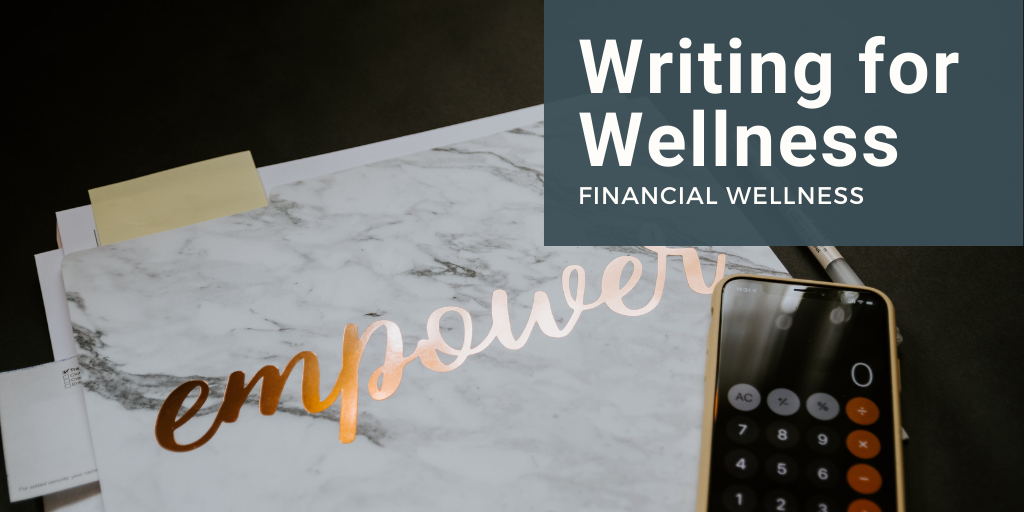By Frank T. Guiffre, Certified Financial Planner®, Wealth Management, Regional Manager, Halliday Financial
The term financial wellness doesn’t tell us a whole lot when it comes to its definition. Its broad term invites a lot of different meanings. To some people, financial wellness means being debt-free. To others, it means having a million dollars in your retirement account. I think the term financial wellness is very misleading. Financial wellness isn’t just one tangible goal, although it can be. “Retirement” is a goal; being “debt-free” is a goal. In all of my years as a Financial Planner, one thing I know for sure is you won’t “feel” financially well unless you feel empowered. I think it’s appropriate to rename the term “financial empowerment.”
Financial wellness is a feeling. It’s a feeling of empowerment. It isn’t just your credit score, your debt level, or the value of your retirement account. Sure, those are components of it, but they just touch the surface. Financial empowerment takes a commitment on your end. Any of those that have met with me regarding financial planning will tell you that it is a process. It’s a process that requires your attention.
Here are some tips to feel financially empowered…
- First, grab a notebook and get started. Think about all the different bills you pay. Create a private, secure list of the websites and login information for every company you give money to or where you receive money (e.g., your banking and retirement accounts).
- Sign on to each of these websites. Understand what you’re paying for, where your money is going, and whether or not you really need it (HINT: start with your cable package or your monthly car wash subscription).
- Give serious consideration to the millions of credit card offers you get in the mail if you have a very high balance or a high interest rate on your cards.
- Create a list of manageable goals: pay down debt, simplify retirement accounts, alter/end monthly subscriptions, minimize monthly recurring bills, etc.
- Automate your savings goals. For example, put $50 per month into Acorns, $50 per month into your IRA, and/or set up 401k automatic deferrals. You will be surprised how quickly this adds up without you knowing it.
- REPEAT and REVISIT this process each month.
Knowledge is power. Having a handle on what money is going in, what money is going out, and what money is being saved will empower you. You will begin to feel “well.” We start to feel well with progress. Progress keeps us feeling motivated. Motivation leads to empowerment. Believe it or not, the hardest step is step one. Your financial empowerment won’t happen unless you do, and it won’t happen overnight. It’s a work in progress, and there is always more that you can do. To get you on your path to financial empowerment, I urge you to start with those six steps. If you want to get on the right path of empowerment, please feel free to use me as a resource!


